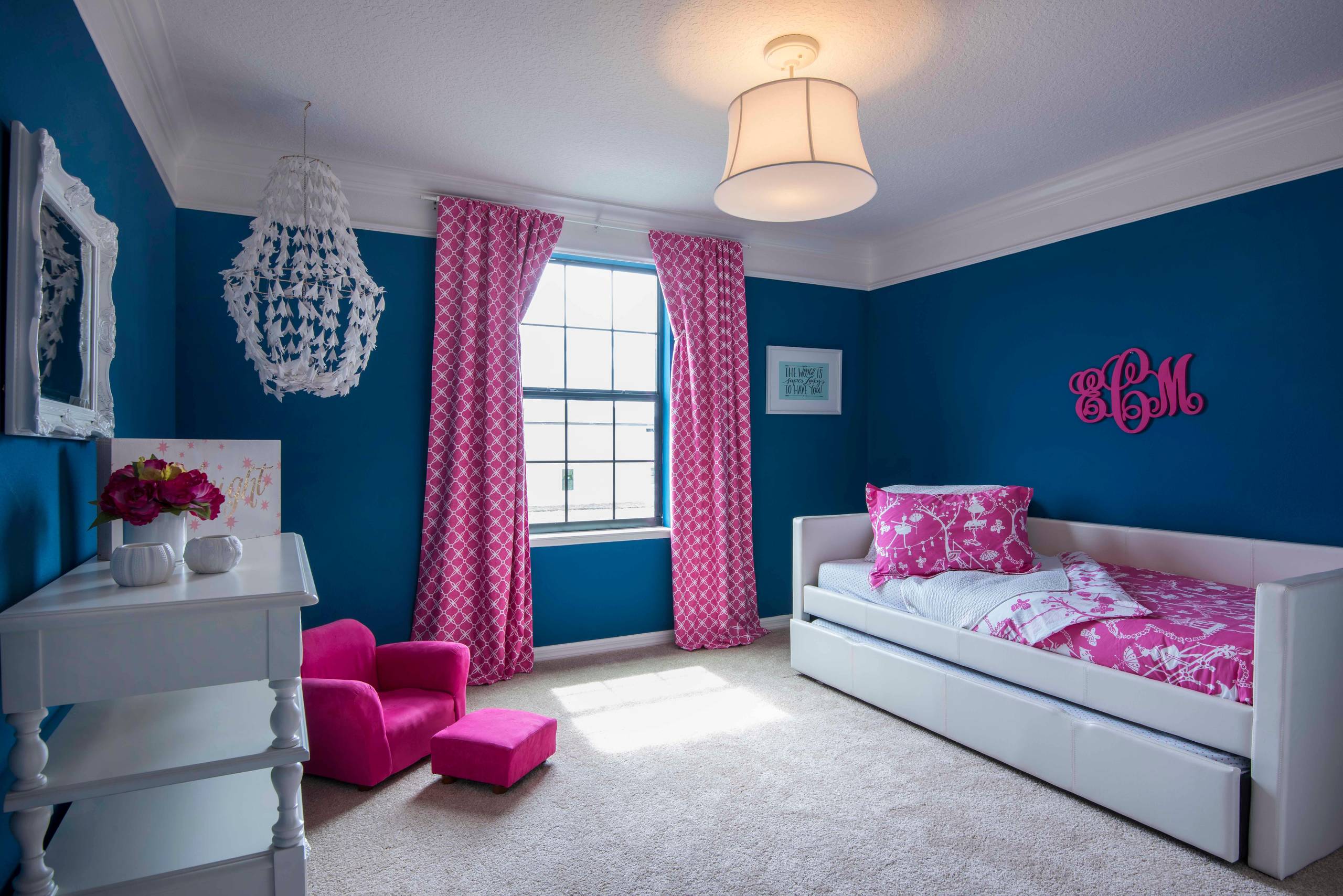Curtains are more than just window coverings; they define the ambiance of your home, controlling light, adding privacy, and enhancing your décor. Choosing the right curtain fabric is crucial to achieving the perfect look and functionality. Whether you’re seeking elegance, durability, or simplicity, understanding your options can help transform your space. In this guide, we’ll explore the 5 best fabrics for curtains—cotton, linen, silk, polyester, and velvet. You’ll learn about their benefits, drawbacks, and the ideal spaces for each. Let’s dive in and find the perfect match for your dream drapery!.
Key Characteristics of a Great Curtain Fabric
When choosing curtain fabric, keep these factors in mind to ensure both style and practicality:
- Durability: A good fabric withstands daily wear and tear while maintaining its beauty.
- Light Control: Fabrics vary in how much light they block or filter, so choose based on your room’s needs.
- Maintenance: Consider how much effort you’re willing to invest in cleaning and care.
- Style Compatibility: The fabric should align with your room’s design—traditional, modern, or somewhere in between.
1. Cotton Curtains: The Everyday Classic
Cotton is one of the most versatile and widely used curtain fabrics, beloved for its natural feel and adaptability.
Benefits:
- Versatility: Complements traditional, modern, and casual interiors alike.
- Easy Maintenance: Machine-washable and durable, perfect for busy households.
- Light Control: Available in both sheer and blackout styles to suit different needs.
Drawbacks:
- Wrinkling: May require ironing to maintain a polished look.
- Sunlight Sensitivity: Prolonged exposure to direct sunlight can cause fading, so consider lining them for protection.
Best For:
- Living rooms, bedrooms, and dining spaces.
Avoid in:
- Bathrooms and kitchens, where moisture and stains are common.

2. Linen Curtains: Timeless and Breezy
Linen curtains exude understated elegance, perfect for creating light, airy spaces.
Benefits:
- Breathability: Promotes ventilation, ideal for living areas.
- Natural Drape: Falls gracefully, enhancing the room’s softness.
- Light Filtering: Offers a delicate glow without sacrificing privacy.
Drawbacks:
- Wrinkling: Creases easily, though this adds to its charm for some.
- Maintenance: Often requires dry cleaning or gentle washing.
Best For:
- Living rooms and bedrooms with contemporary or rustic themes.
Avoid in:
- Bathrooms and kitchens due to moisture and stains.

3. Silk Curtains: Luxurious Elegance
For an opulent, high-end look, silk is an unbeatable choice. Its smooth texture and natural sheen elevate any space.
Benefits:
- Sophistication: Adds a glamorous, upscale feel to formal spaces.
- Light Reflection: Enhances ambiance with its natural luster.
- Durability: High-quality silk can last for years with proper care.
Drawbacks:
- High Maintenance: Requires dry cleaning and careful handling.
- Sun Sensitivity: Can fade or develop water spots, so pair with UV-protective liners.
Best For:
- Formal living rooms, master bedrooms, and dining rooms.
Avoid in:
- Bathrooms and kitchens, where moisture and stains can damage the fabric.

4. Polyester Curtains: Practical and Affordable
Polyester is a budget-friendly option with excellent durability, perfect for low-maintenance households.
Benefits:
- Durable and Fade-Resistant: Holds up well in sunny or high-traffic areas.
- Low Maintenance: Easy to wash and resistant to wrinkles.
- Cost-Effective: Offers great value without compromising on style.
Drawbacks:
- Stain Retention: May hold onto stains, requiring prompt cleaning.
- Synthetic Appearance: Lacks the natural charm of cotton or linen.
Best For:
- Kids’ rooms, guest rooms, and casual spaces.
Avoid in:
- High-end or formal settings where natural fabrics are preferred.

5. Velvet Curtains: Luxurious and Functional
Velvet curtains combine sumptuous texture with practical benefits like noise reduction and light blocking.
Benefits:
- Luxurious Look: Adds drama and depth to your décor.
- Thermal Insulation: Keeps rooms warmer during winter.
- Durability: Tightly woven fibers maintain their shape and structure.
Drawbacks:
- High Maintenance: Requires professional cleaning to maintain its plush texture.
- Heavyweight: May need sturdy rods for support.
Best For:
- Home theaters, formal living rooms, and cozy bedrooms.
Avoid in:
- Small spaces, as the thick fabric can feel overwhelming.

Comparison Table of Curtain Fabrics
| Fabric | Durability | Light Control | Maintenance | Best For | Avoid In |
|---|---|---|---|---|---|
| Cotton | High | Sheer to Blackout | Machine-washable | Living rooms, bedrooms | Bathrooms, kitchens |
| Linen | Medium | Light Filtering | Dry Clean/Gentle Wash | Living rooms, bedrooms | Bathrooms, kitchens |
| Silk | Medium | Light Blocking | Dry Clean Only | Formal spaces | Bathrooms, kitchens |
| Polyester | High | Moderate Blocking | Machine-washable | Kids’ rooms, guest rooms | Formal spaces |
| Velvet | High | Excellent Blocking | Professional Cleaning | Theaters, formal spaces | Small spaces |
Final Thoughts
Choosing the best fabric for curtains depends on your lifestyle, aesthetic preferences, and room requirements. Whether you prioritize elegance, ease of maintenance, or light control, there’s a fabric that perfectly suits your needs. Learn more about fabric care best practices on FabricCareGuide.com
Need help deciding? Leave a comment below or explore more of our curtain guides to turn your home décor dreams into reality!. If you are interested in reading more about curtains read our Comprehensive Guide for Curtains.




One thought on “The Best Fabric for Curtains: Your Ultimate Guide”